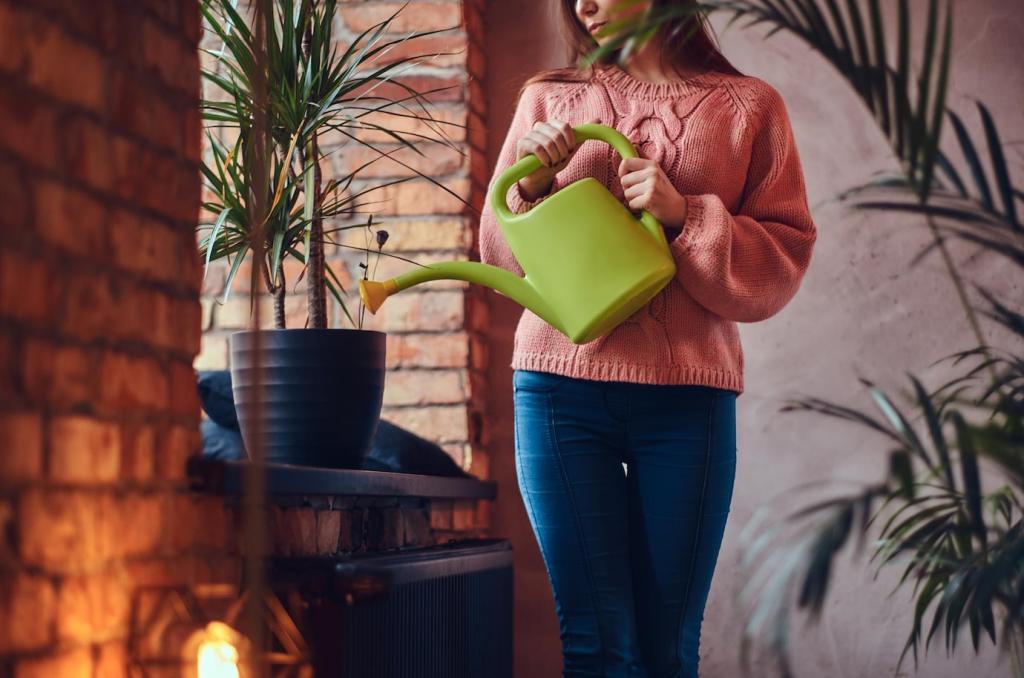Smart Tools and Weekly Habits
Keep two microfiber cloths, a soft brush, a HEPA vacuum, distilled water, and mild castile soap. With these few tools, most messes feel manageable instead of stressful.
Smart Tools and Weekly Habits
Quick vacuum, targeted spot checks, and a fast wipe of high-touch arms or tabletops. Ten minutes each week prevents build-up that would otherwise demand aggressive cleaners.






